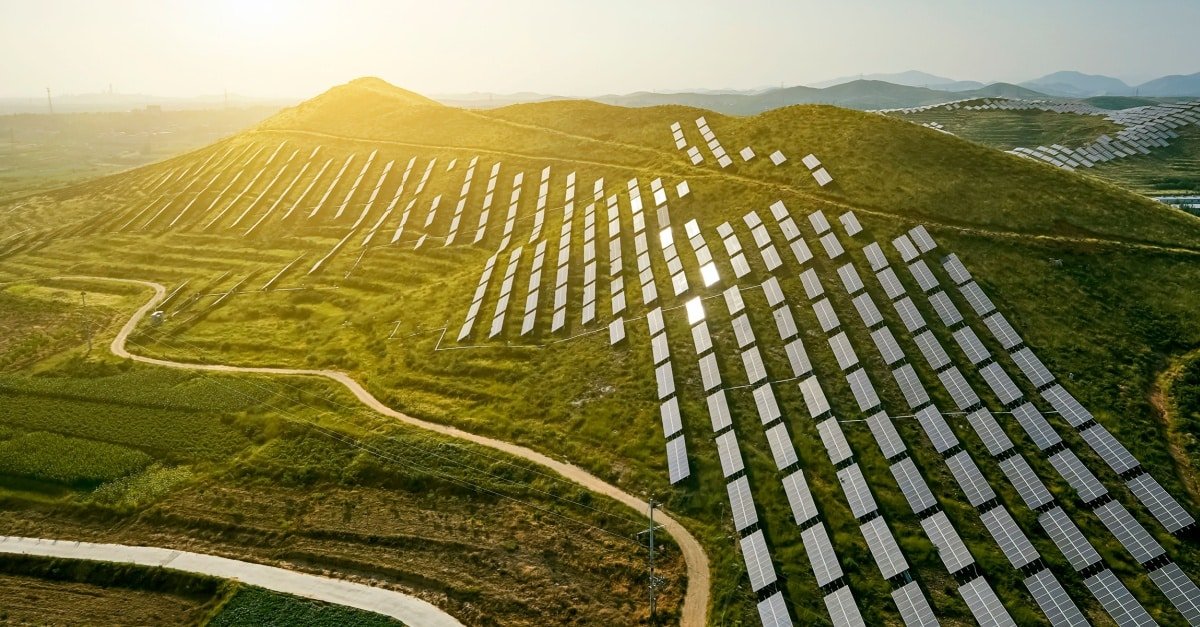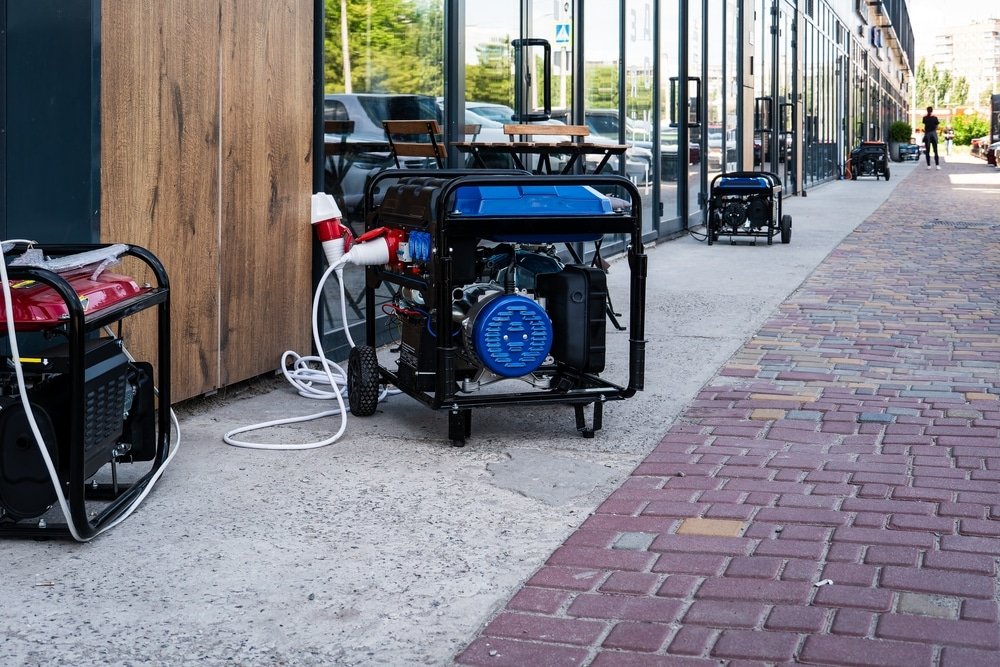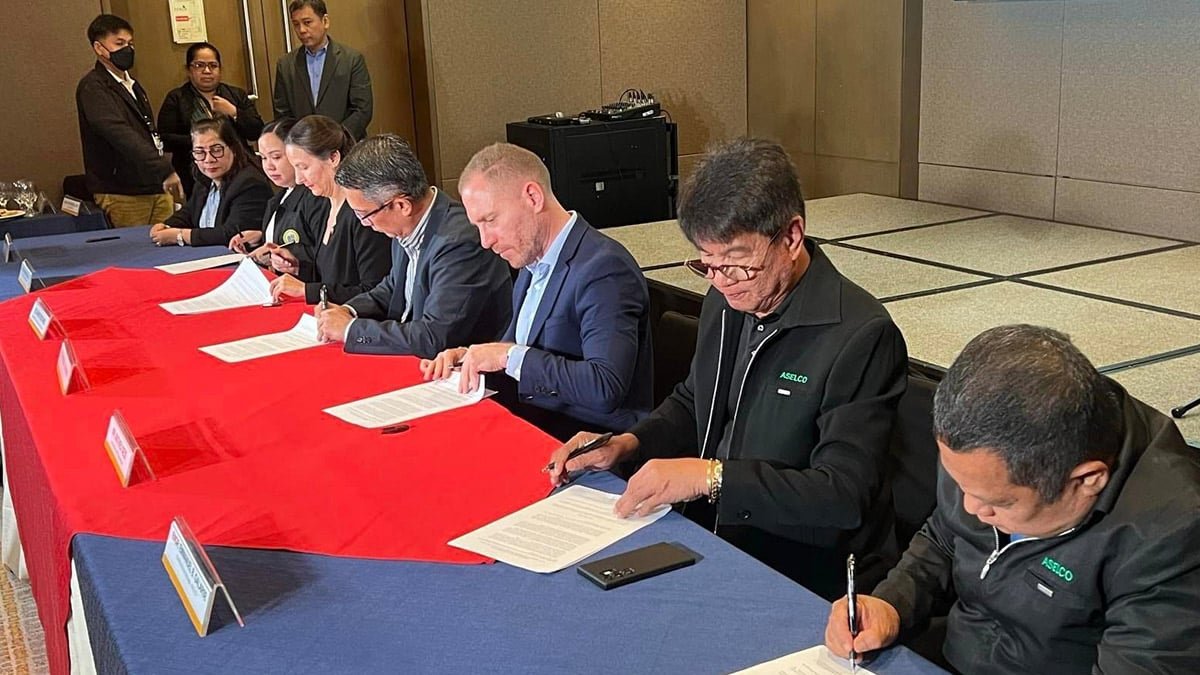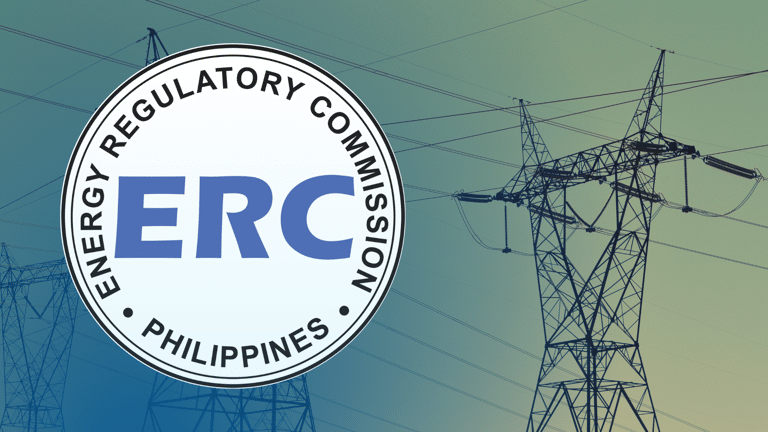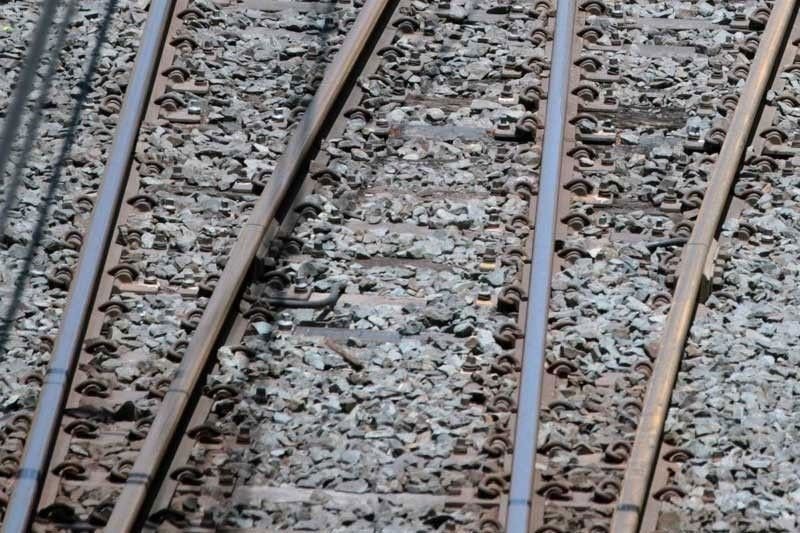
Key Takeaways:
- The Mindanao River Basin spans the provinces of North Cotabato, South Cotabato, Maguindanao, Sultan Kudarat, Davao del Sur, and Bukidnon.
- Considered one of the richest ecosystems in the Philippines, it plays a critical role in Mindanao’s ecology and economy.
- Several conservation and climate risk projects have been put up in response to climate risks in the Mindanao River Basin.
- These projects face various challenges, but many organizations are helping these initiatives to keep going.
The Mindanao River is one of the longest rivers in our country; and it spans the various provinces of North Cotabato, South Cotabato, Maguindanao, Sultan Kudarat, Davao del Sur, and Bukidnon. Its area covers about 13,000 square kilometers and its topography features diverse landscapes—mountains, valleys, and floodplains that are home to one of the richest ecosystems in the Philippines. The Mindanao River Basin plays a critical role in the region’s ecology and economy.
Surrounding communities have come to rely on the Mindanao River Basin primarily for agriculture, fishing, and forestry, impacting not only indigenous and rural communities, but also affecting urban dwellers as well. The river that runs through six provinces in Mindanao is critical for the ecology, economy, and wellbeing of those that live in these provinces.
Today, it faces three primary challenges: climate risks such as flooding, impacts from unpredictable rainfall, and environmental degradation.
Various organizations and entities have proposed and/or create initiatives to help address these challenges that the Mindanao River Basin face. Some are funded by multi-lateral development banks like ADB, and non-government organizations and government units alike work together to make these projects successful.
One notable initiative is The Integrated Flood Resilience and Adaptation Project Phase 1, which aims to help three river basins in the Philippines, among which is the Mindanao River Basin. According to ADB, this project is aligned with the Philippine government’s climate priorities under the National Climate Action Plan, 2011-2018 and the Philippine Development Plan, 2023-2028.
A community-based project, ADB says the goal is to boost risk management by collaborating with 22 local government units and 150 barangays in updating climate and disaster evaluations and integrating flood risk management in local development plans.
Another notable project takes from the UN’s Integrated Water Resource Management (IWRM). The Department of Environment and Natural Resources (DENR) have adapted the IWRM framework into the Integrated Water Resource Management Plan (IWMP) for the Philippines. Projects under this plan involve promoting sustainable water management practices and addressing flood risks.
Various government agencies such as DENR and the National Irrigation Administration (NIA) have fast-tracked projects such as the Mindanao Sustainable Rivers Project. This was meant to enhance the ecological health of Mindanao river systems, improving community resilience to climate change, and promoting sustainable livelihoods.
Non-government organizations often work with government agencies in Community-Based Disaster Risk Reduction and Management (CBDRRM) projects. These were meant to directly educate the public on flood risk management awareness, preparedness, and response.
The Mindanao River Basin has also piqued interest in the energy sector. In 2020, a study was conducted by the Bangsamoro Development Agency (BDA) on simulating the Mindanao River Basin’s watershed for potential hydropower purposes.
There is no shortage of projects for conservation, flood risk management, and climate impact for the Mindanao River Basin. However, these projects often run into challenges in infrastructure, funding constraints, data gaps, and sometimes even land use conflicts. Regulatory frameworks in the Philippines can be confusing, and community engagement can still be improved.
Having identified these key hurdles might provide opportunities to come up with updated solutions and improved recommendations from both non-government and government units. Technical expertise is required to draft more effective steps to implement the plans for projects. Data gaps can be filled provided the information needed has been determined and shared. Monitoring and evaluation can be upgraded with the latest knowledge and relevant data.
With a concerted effort among all involved, from ground-level communities to government agencies to private entities who might be able to help, addressing the challenges of the Mindanao River Basin will uplift and empower not only the provinces surrounding the river, but the Southern region as a whole, and the entire nation.










